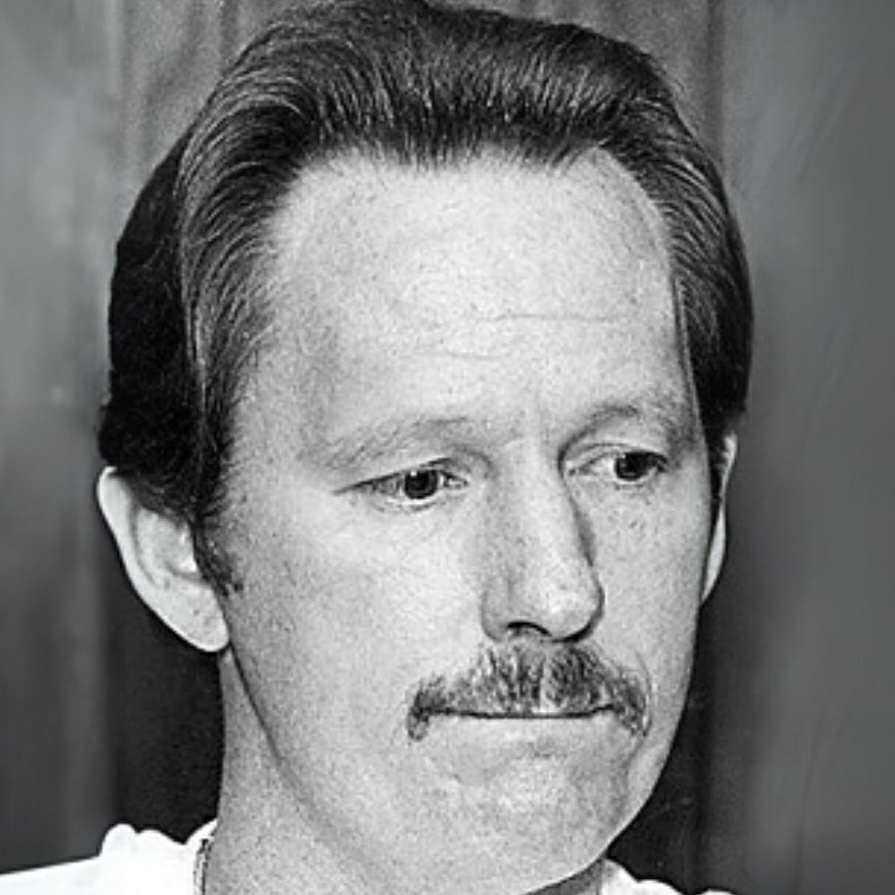
1947 - 1990
Charles Troy Coleman
Summary
Name:
Charles Troy ColemanYears Active:
1975 - 1979Birth:
March 15, 1947Status:
ExecutedClass:
MurdererVictims:
3Method:
Shooting / BludgeoningDeath:
September 10, 1990Nationality:
USA
1947 - 1990
Charles Troy Coleman
Summary: Murderer
Name:
Charles Troy ColemanStatus:
ExecutedVictims:
3Method:
Shooting / BludgeoningNationality:
USABirth:
March 15, 1947Death:
September 10, 1990Years Active:
1975 - 1979Date Convicted:
October 1, 1979bio
Charles Troy Coleman was born on March 15, 1947, in Muskogee, Oklahoma, one of eight children in a poor, frequently displaced family. His parents struggled with alcoholism, leaving the children in a chaotic and unstable environment. From a young age, Coleman demonstrated violent and delinquent tendencies. At just age 11, he stabbed a mule while out frog gigging with his brother, an incident that hinted at early cruelty and impulsive aggression. He was whipped by his father as punishment, but this did little to change his behavior.
By age 13, Coleman had run away from home, beginning a lifelong pattern of instability. At 15, he was arrested for burglary but escaped from juvenile custody after pulling a gun on an officer. At 16, he married and drifted across the country, living in at least twenty states and building a lengthy criminal record. His offenses included burglary, grand theft, auto larceny, assault with a deadly weapon, carrying concealed weapons, and receiving stolen property. Coleman was widely described as a career criminal, resourceful in escaping custody but reckless in his behavior.
Despite moments of apparent charm and charisma—qualities that sometimes helped him evade conviction—Coleman’s life trajectory spiraled further into violence. By the mid-1970s, his crimes escalated to homicide.
murder story
On August 24, 1975, 44-year-old Will Stidham was found beaten to death in his pickup truck in Bakersfield, California. His wallet had been stolen. Coleman, dating Stidham’s daughter Shirley at the time, became a prime suspect. Witnesses claimed Stidham disapproved of the relationship, and Coleman had allegedly remarked that Stidham “would not be around much longer.” Coleman’s fingerprints were found on the vehicle, but Shirley provided an alibi. Despite circumstantial evidence, Coleman was acquitted in July 1976, leaving the case unsolved. Prosecutors remained convinced of his guilt.
In January 1979, Coleman returned to Muskogee County, Oklahoma, on a 30-day travel permit after release from a California prison. On February 9, 1979, while burglarizing the home of Dale and Delthea Warren, Coleman was interrupted by John Seward (68) and Roxie Seward (62), relatives of the Warrens. Armed with a rare .28-gauge shotgun, Coleman forced the couple into the basement and executed them—John with a single gunshot to the head, Roxie with four close-range blasts. He stole valuables, wallets, and even frozen meat before fleeing.
That same day, Coleman was stopped by police for a traffic violation. In his truck, officers discovered the stolen items, Roxie’s wallet, and the murder weapon tied directly to him. The case against him was overwhelming.
Awaiting trial, Coleman escaped from the Muskogee County Jail on April 23, 1979, cutting through the tarpaper roof. During his flight, he attacked Officer Tom Dotson, slashing his throat, stealing his revolver, and locking him in his patrol car. Dotson survived, but days later, Coleman used the stolen revolver to carjack and kill Russell E. Lewis Jr. in Tulsa, shooting him in the head and discarding his body down an embankment.
Coleman’s spree ended on April 28, 1979, in Tucson, Arizona, when he was stopped for erratic driving. He kidnapped Deputy Terry Parish, stole his weapon, and handcuffed him in the desert, intending to kill him but sparing his life at the last moment. Monitored from a helicopter, Coleman was tracked, cornered, and arrested.
Coleman was extradited to Oklahoma, where prosecutors focused on the Seward case. On October 1, 1979, a jury convicted him of John Seward’s murder, and on October 12, 1979, he was sentenced to death. Prosecutors withheld charges for Roxie’s murder, reasoning that another trial was unnecessary given his death sentence.
He was also convicted and sentenced to death for Russell Lewis’s murder, but this sentence was overturned in 1983 due to jury selection errors. Prosecutors declined to retry him.
Coleman spent nearly 12 years on death row, filing appeals and coming close to execution in 1987 before receiving a last-minute stay. Ultimately, all legal efforts failed. On September 10, 1990, at the Oklahoma State Penitentiary in McAlester, Coleman was executed by lethal injection, the first in Oklahoma history. He declined a last meal.
His final words were: “Just tell everybody I love them. I have peace and a quiet heart.” A minister read from the Gospel of Matthew, to which Coleman replied, “Praise God, praise God.” He was pronounced dead at 12:35 a.m.
Coleman’s execution marked the state’s first in 24 years and its entry into the modern era of lethal injection.
In May 1988, the body of a woman nicknamed “Daisy Doe” was found in the Grand Neosho River, weighted with a concrete block. For decades, her identity remained unknown. In 2015, fingerprint analysis revealed she was Jeanette Ellen Coleman, Charles Coleman’s estranged wife and the daughter of suspected victim Will Stidham.
Though suspicion briefly turned toward Charles, records confirmed he was incarcerated at the time of her death, eliminating him as a suspect. Authorities instead charged other men believed to be responsible, closing a chilling circle in Coleman’s life: his suspected first victim (1975) and his murdered wife (1988) were father and daughter.